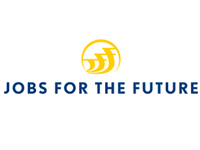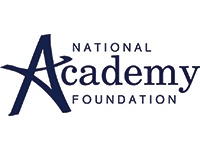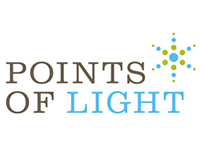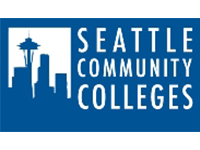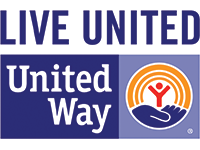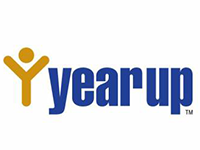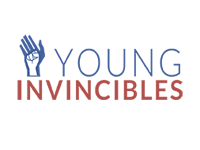Index Indicator Blog Series: Why Are Some Top Students Not Applying to Top Schools
•Higher education is often touted as “the great equalizer” in American society, the key to increasing one’s opportunity and climbing the ladder of economic mobility. And for generations, it has done just that, including educating “the Greatest Generation” with the GI Bill after World War II and greatly expanding the American middle class. Some 2.2 million returning veterans attended college or graduate school on the G.I. Bill, and 5.6 million received vocational training in various fields, including electronics and construction.
In the past twenty years, however, the cost of attending college has skyrocketed. Despite the efforts of some elite colleges to dedicate considerable resources to enrolling low-income and diverse students, access to many of the best schools is still widely inaccessible to disadvantaged students who are academically qualified to attend.
Seventy percent of students at the most selective colleges are from the wealthiest 25 percent of US families, but only 34 percent of high achievers are from this quartile, according to a report by the Century Foundation. And the problem doesn’t end there: many high-achieving, low-income students who are qualified for the 238 most selective colleges – those who would benefit most from such experiences – never even apply.
Rather than decreasing inequality, postsecondary education is actually widening the gap between low-income and high-income Americans. Yet we know that today’s 21st century economy demands more Americans complete some form of postsecondary education – a key indicator in the Opportunity Index, which measures the economic, educational and community conditions of a region that can constrict or expand opportunity.
The dearth of low-income students in the nation’s top colleges and universities is primarily structural, say the reports. Many of these high-performing, low-income students are geographically dispersed rather than concentrated in one area. As a result, the traditional means of recruitment are rendered useless: they lack expert college counselors and their schools are never visited by elite college admissions officers. Even their community culture may not encourage them to pursue a postsecondary degree, fearing it is too expensive. Without sufficient information and support to make an informed decision, these high-achieving students often attend local, less selective or nonselective schools with which they are familiar, and for which they’re over-prepared.
In a recent PBS “NewsHour” segment on this topic, highschool student Nebiyu Kebede said that attending an elite school was not even a possibility.
“I have always known that I could go to a decent school, but that meant my state school or like a nearby school right next to it,” he said. “It wasn’t an Ivy League or like a highly selective school. Nobody expected you to go that far. And because nobody expected that from me, I really didn’t expect that from myself.”
A recent study indicates that reversing this mindset might not be quite as hard as we think. Caroline Hoxby of Stanford and Sarah Turner of the University of Virginia found that a simple and cost-effective intervention can greatly affect the college application and enrollment behaviors of disadvantaged top-performing students.
Hoxby and Turner targeted the structural inefficiencies they believe are keeping low-income student enrollment rates at top-tier schools disproportionately low. Since many of these students lack expert, specialized college counselors, the researchers mailed application guidance that included information on the number of schools they should apply to; the variety of schools – “match,” “safety” and “reach;” and timely, customized reminders about deadlines and application requirements. Most low-income students also misperceive the costs of attending selective colleges, considering the list price rather than the net price after scholarships and other forms of financial aid.
To counter this, the researchers offered information about the net costs for low- to middle-income students at an array of colleges. Since low-income students are typically deterred by application fees – and are often unaware of fee waivers – the intervention included no-paperwork fee waivers that allowed the students to apply to 171 selective colleges. Finally, there was a parent intervention that summarized all the information specifically for legal guardians.
These interventions had significant positive impact with both application behavior and enrollment behavior. Students who received the information submitted 48 percent more applications and were 40 percent more likely to apply to a school that met their qualifications. And while only 30 percent of high-achieving, low-income students are admitted to colleges that match their qualifications, this figure increased to 54 percent among targeted students.
David Coleman, the president of the College Board, was so convinced by the results of these studies that he plans to require changes at his organization. “We can’t stand by as students, particularly low-income students, go off track and don’t pursue the opportunities they have earned,” he said. The small price tag of such effective interventions – only $6 per student – encourages the College Board to use their resources to target these talented youth who are being lost in a system that puts them at a disadvantage.
The close connection between a postsecondary degree and economic mobility necessitates the increased matriculation of top students to top schools – especially those students who occupy the bottom rungs of the social ladder. These students have already demonstrated admirable determination and exceptional talent: it is our duty to ensure such hard work is not in vain.
Victoria Piccione was a Summer Intern and is currently a sophomore at Harvard College.
Opportunity Index Dimension: Education
Indicator: Post-Secondary Completion
Measure: Percent of adults 25 and older who have completed an associate degree or higher
Source: U.S. Census Bureau, American Community Survey Importance in Opportunity
Index
Rationale for inclusion: Those with more education not only have increased access to jobs with higher salaries and greater autonomy, but also tend to be less affected by economic downturns. During the Great Recession, for example, college graduates faced a combined unemployment and underemployment rate of 10 percent; those with only a high school education faced rates twice as high. In our increasingly information-driven national economy, those without a post-secondary education are becoming less desirable employees. More education also correlates to better, healthier, happier, and longer lives.


